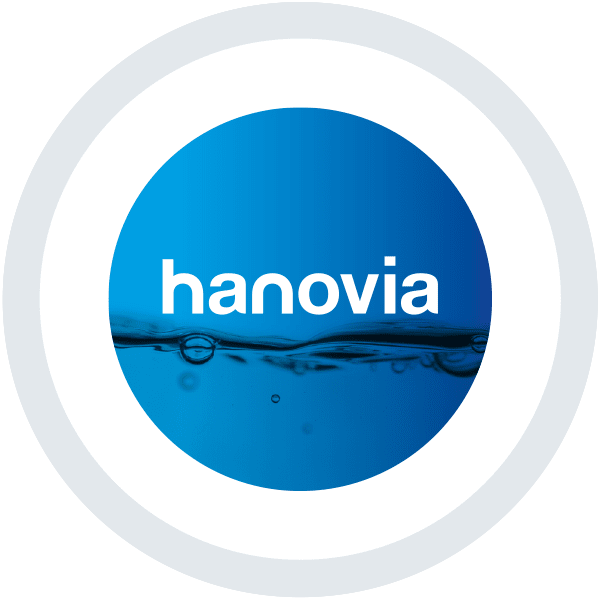UV Disinfection Yields High Energy Savings for Dairy Facilities
by D. Shaver
In the dairy industry, water is an extremely valuable resource because of its wide range of uses throughout the production process for almost all dairy products. With the use of any valuable resource, especially water, comes a heightened awareness of the costs associated with its use, therefore alternate treatment technologies to conventional pasteurization are always being evaluated.

In 2009, the FDA outlined new treatment standards as part of their Pasteurized Milk Ordinance (PMO). This new regulation accepted UV disinfection as a viable treatment alternative to conventional heat pasteurization of water, in order to produce “pasteurized equivalent water”. Water that has been treated using UV disinfection according to the PMO regulation, can be used in a number of locations within a dairy production facility, and is produced at a fraction of the cost of heat pasteurization. In fact, it is estimated that the use of UV compared to conventional heat pasteurization equipment is up to 95% more efficient when comparing the kW/h of these two treatment options.
According to the most recent release of the PMO, UV disinfection systems must meet certain specifications in order to be compliant. Some of the key requirements from the regulation are:
- Minimum dose of 120mJ/cm2 (medium pressure UV) or 186mJ/cm2 (low pressure UV)
- UV intensity sensors to monitor lamp output (one sensor per lamp)
- UV transmittance analyzer to continuously monitor water quality changes
- Divert valve to prevent untreated water from entering the process, in the event of a compromise in disinfection performance due to system issues or water quality changes
- Control system to record operating parameters and produce an electronic report for regulatory agency inspection

Water that has been treated according to these specifications can immediately be used for product push water, CIP processes or other rinse applications. Similarly, in a COW water reuse application, reclaimed water can be treated with UV and sent to storage tanks to be used later for CIP, push water, rinse water or anywhere else that pasteurized equivalent water is suitable. UV disinfection has also been a common treatment solution for eliminating bacteria growth in holding tanks and preventing process contamination.
With an opportunity to realize such massive energy savings by eliminating the need for costly heat pasteurization, it’s easy to see why dairy facilities of all sizes are now considering UV disinfection for producing pasteurized equivalent water. As a result of this increase in demand for energy efficient alternatives, UV disinfection equipment manufacturers are offering complete solutions that have been designed to meet the requirements of the FDA’s PMO.
Additional information on the PMO can be found at:
https://www.idfa.org/docs/default-source/news-files/2013-pmo-final.pdf?sfvrsn=0





 沪公网安备 31011202013557号
沪公网安备 31011202013557号